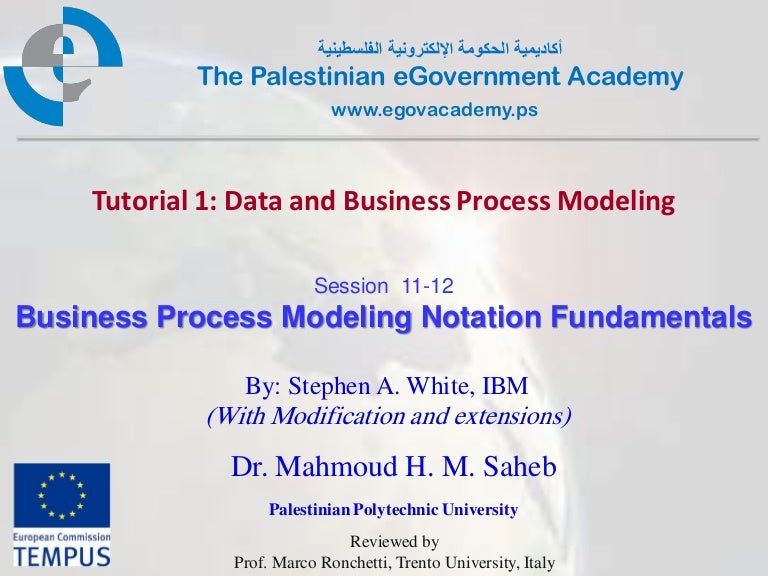

Firstly, aligning BPMN with the business process definition metamodel BPDM to form a single consistent language.

These are the features that align with this specification: Artefacts – Data object, group, annotationīusiness Process Management Notation 2.0 aims to have a single blueprint defining all notations, metamodels and interchange formats.Connecting objects – Sequence flow, message flow, association.Flow objects – Events, activities, gateways.These models consist of simple diagrams using four basic element categories: As opposed to processes external to the organisation. The Principles of BPMN ScopeīPMN only covers modelling appropriate to business processes. The reason for this is that its diagramming language is very rich and detailed with up to 55 different shapes and symbols to keep track of. when developing and implementing an ERP system) it is often seen as too complex by untrained users. Where it is highly useful for systems documentation (e.g. It provides a simple, yet robust, symbology for modelling all aspects of business processes. BPMN appears to be emerging as the largest, most widely accepted business process modelling notation in the industry. The Business Process Model Notation was created in 2005 by the Business Process Management Initiative, a consortium of tool vendors in the BPM market that is now merged with the Object Management Group (OMG), an information systems standards-setting group. What is BPMN? Business Process Model Notation (BPMN) is a simple, yet robust, symbology for modelling all aspects of business processes.


 0 kommentar(er)
0 kommentar(er)
